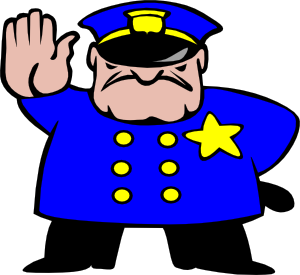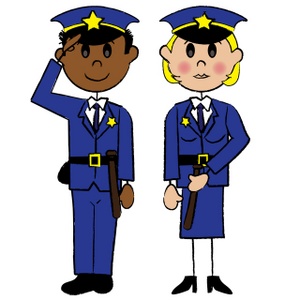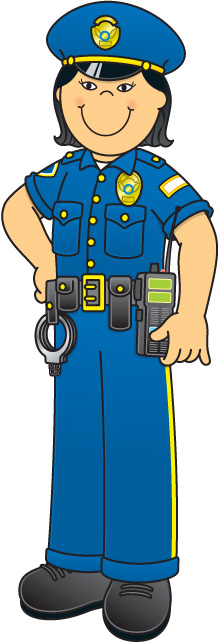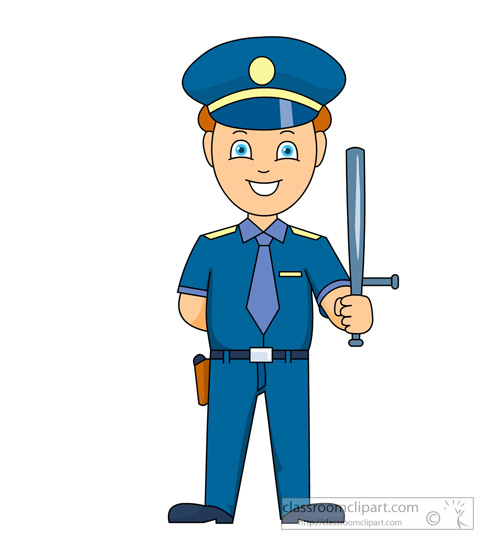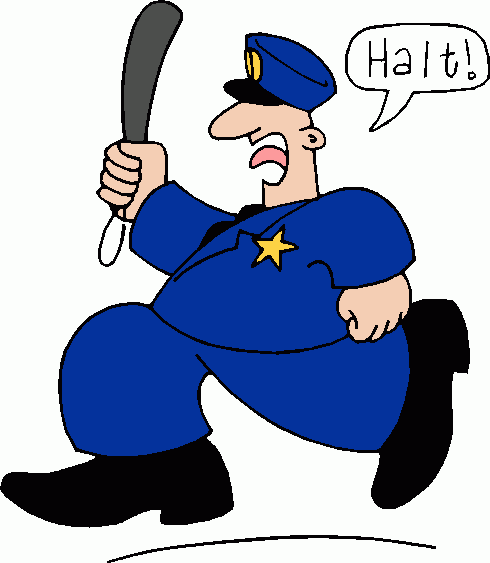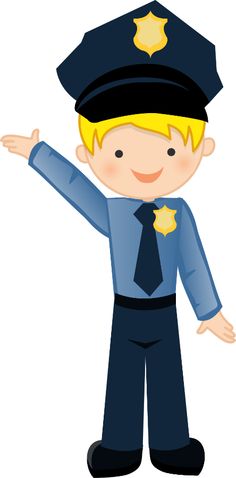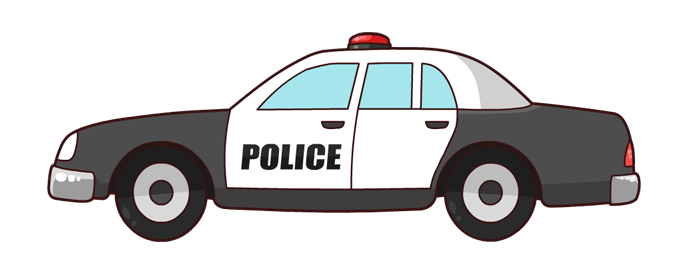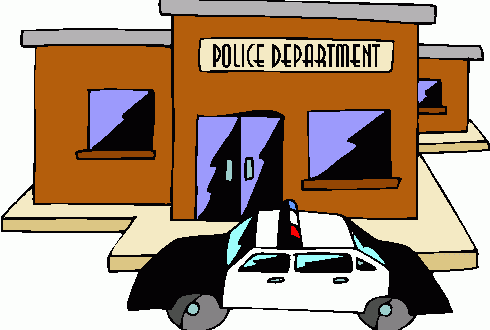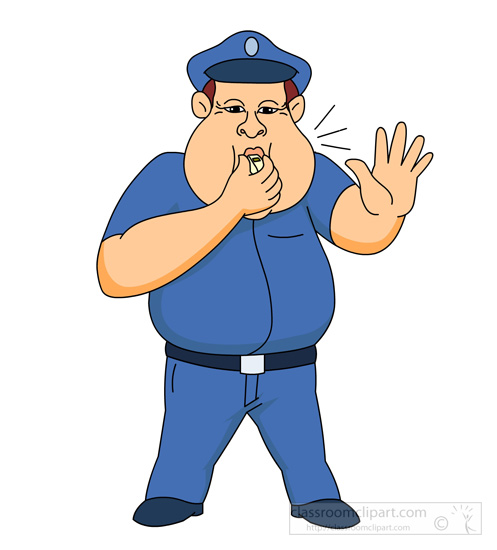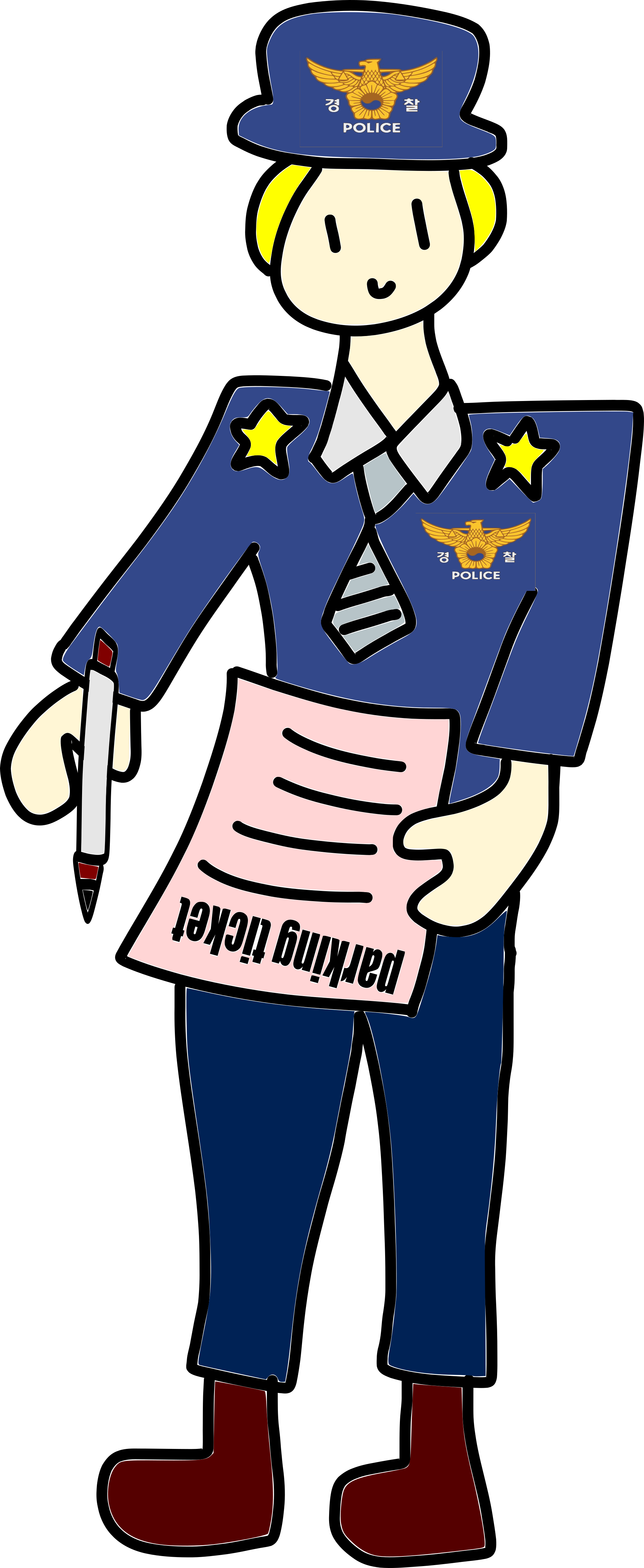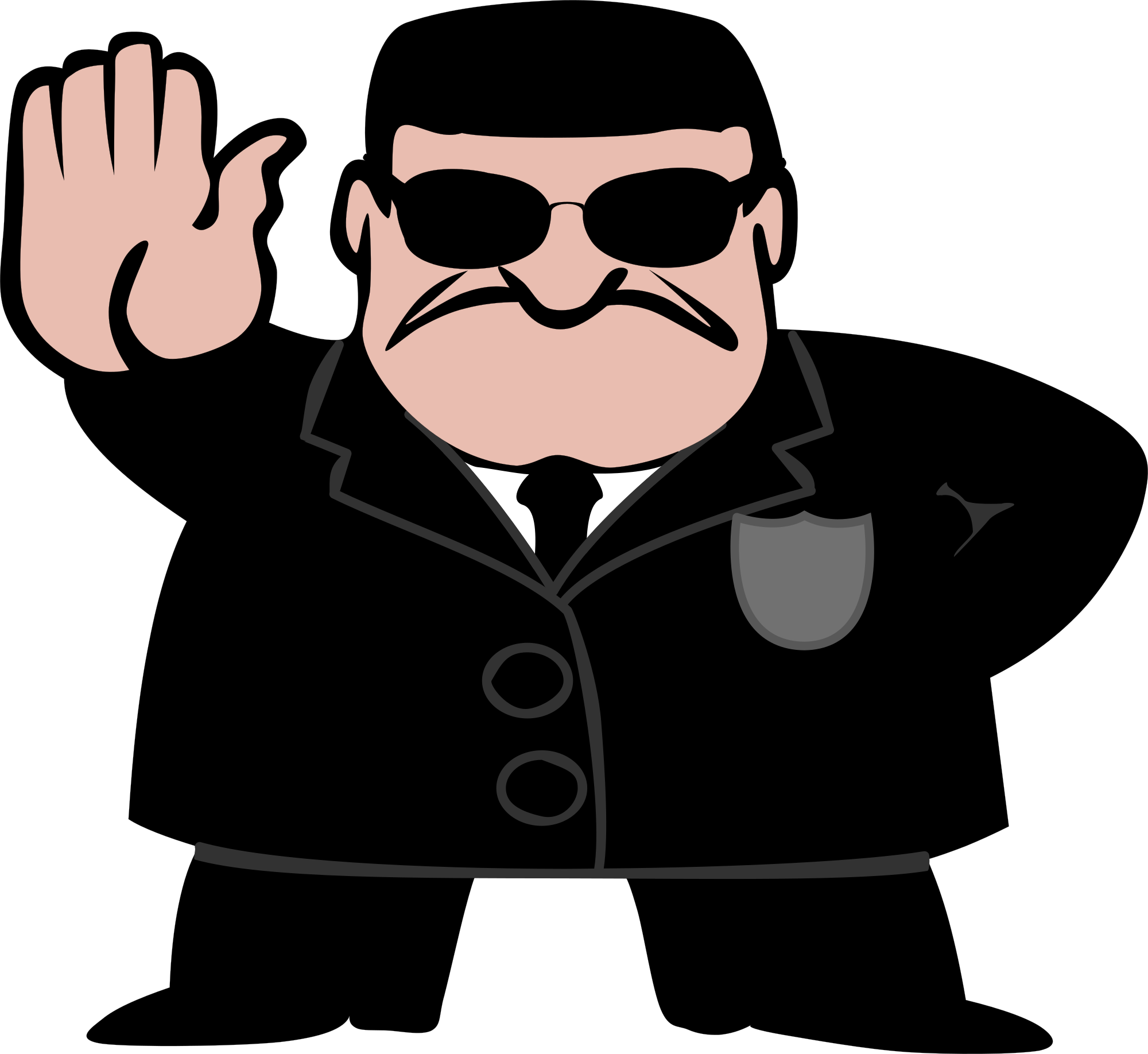Police Clipart
Law enforcement organizations, often referred to as the “police”, play a critical role in maintaining order and enforcing laws in society. Police forces provide protection to people and properties while preventing, detecting, and investigating criminal activities. They uphold the law at city, state and federal government levels.
History of Policing
The modern police system traces back to 1800s in the UK and US when Sir Robert Peel established London’s Metropolitan Police Service. These new police departments served as models for major cities in the US like New York and Boston which formed their own preventive police units. Initially, police forces focused more on responding to crimes rather than preventing them. But over the last century, policing strategies evolved to be more community-centered, and rely on better technologies and cooperation with the public.
Roles and Responsibilities of Police Officers
Common roles and duties of police officers include:
- Responding to emergency and non-emergency calls
- Patrolling and monitoring assigned areas
- Conducting traffic stops and issuing tickets
- Obtaining warrants and making arrests
- Interviewing victims, witnesses and suspects
- Writing incident reports
Many police officers develop expertise in specific areas like homicide, fraud, narcotics, K9 handling, etc. durch specialized training.
Police Ranks and Command Structure
Most police departments follow a strict hierarchy and chain of command for distributing authority and management. Some key policing roles per rank level are:
Chief of Police: Leads entire police force and top executive
Captains/Inspectors: Commands divisions and precincts
Lieutenants: Assists captains in operations and administration
Sergeants: First-line supervisors directly managing officers
Corporals/Detectives: Senior officers with investigative roles
Patrol Officers: Frontline personnel responding to calls
Higher ranking officers have greater leadership, strategy and budgeting responsibilities for the department while lower ranks focus more on daily policing duties.
Police Equipment and Technology
Standard police gear includes:
- Firearms (handguns, shotguns, rifles)
- Electrocution weapons (stun guns, tasers)
- Batons and pepper spray
- Bulletproof vests
- Flashlights
- Handcuffs
In addition, police leverage technologies like:
- Emergency response networks and radio communication systems
- Automated fingerprint identification systems (AFIS)
- DNA profiling tools
- Dashcams and body-worn cameras
- License plate recognition (LPR) systems
Introduction to Police Clipart
Cliparts are essentially vector graphic images used to illustrate articles and other documents. Police cliparts cover a wide array of symbols, emblems, tools, uniforms, actions and scenarios associated with policing.
Some examples include badges, squad cars, officers, police dogs, fingerprint images, crime scenes, etc. They come in a variety of designs, shapes and sizes.
Purposes and Uses of Police Clipart
There are several common reasons police cliparts are used:
- As content for digital documents, apps, websites and tools related to law enforcement
- To visually enhance reports, manuals, textbooks, magazines or news articles about police forces
- To promote police department initiatives and programs on brochures, posters, etc.
- To educate children and novice audiences about policing roles and responsibilities
- To pay respect towards police contributions and sacrifices to communities
Types of Police Cliparts
Badges – Badges represent the logo, motto and jurisdictional details of a police department. Variants exist for ranks like chief, captain, sergeant and officer. Badges may indicate specialty units like hiring, K9, cyber crimes, etc.
Squad Cars – These include templates of vehicles like sedans, trucks and motorcycles used for patrols, speed enforcement and responding to incidents. Different versions depict cars in motion, with siren lights on, individual branding, etc.
Officers – Many cliparts display police officers in full uniform equipped with different weapons, gear and accessories based on context. Attitudes range from standing vigil to springing into action.
K9s – Specialized police dog breeds shown include German shepherds, Belgian Malinois and bloodhounds accompanying partners during searches, arrests and other missions.
Handcuffs, Guns, Batons – Standard police weaponry and restraint items are captured from various angles and situations. For example, a gun firing, taser electrodes shorting out or handcuffs dangling from an officer’s utility belt.
Police Cliparts in Media and Pop Culture
Police media representations often prominently feature clipart versions of badges, copy hats, animation cars in exaggerated proportions glamorizing policing aesthetics. News channels love flashing K9 or emergency vehicle lights cliparts to introduce a story.
Many fictional officers like Ethan Hunt and James Bond are synonymous with dramatic gun wielding clipart poses. Caricatures like Chief Wiggum from the Simpsons routinely provide comedic police clipart scenes.
Legal Considerations for Using Police Cliparts
While police cliparts clearly qualify under fair use exemptions, they still represent government institutions. So reasonable care and judgment must be exercised regarding:
- Portraying logos or mottos without permission
- Showing officers in demeaning or offensive contexts
- Implying endorsements when none exist
- Redistributing from copyrighted sources
Clipart creators should provide proper attribution and corroborate appropriate usage rights. Ultimately, cliparts are meant for informational and entertainment purposes only without commercial motives.
In this page clipartix present 63 police clipart images free for designing activities. Lets download Police Clipart that you want to use for works or personal uses.
